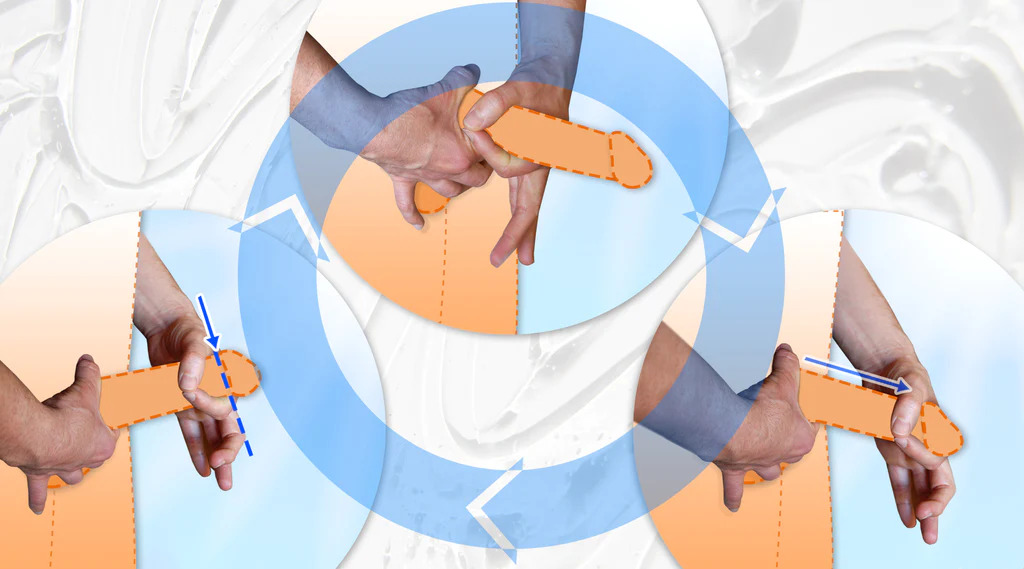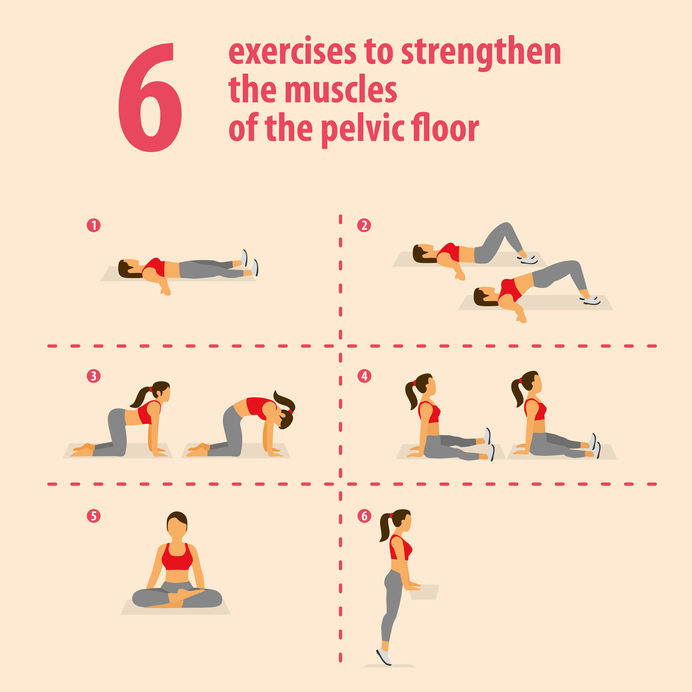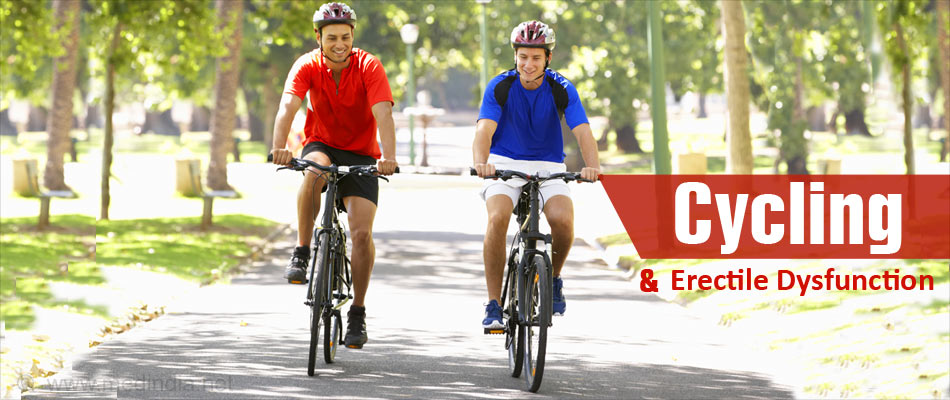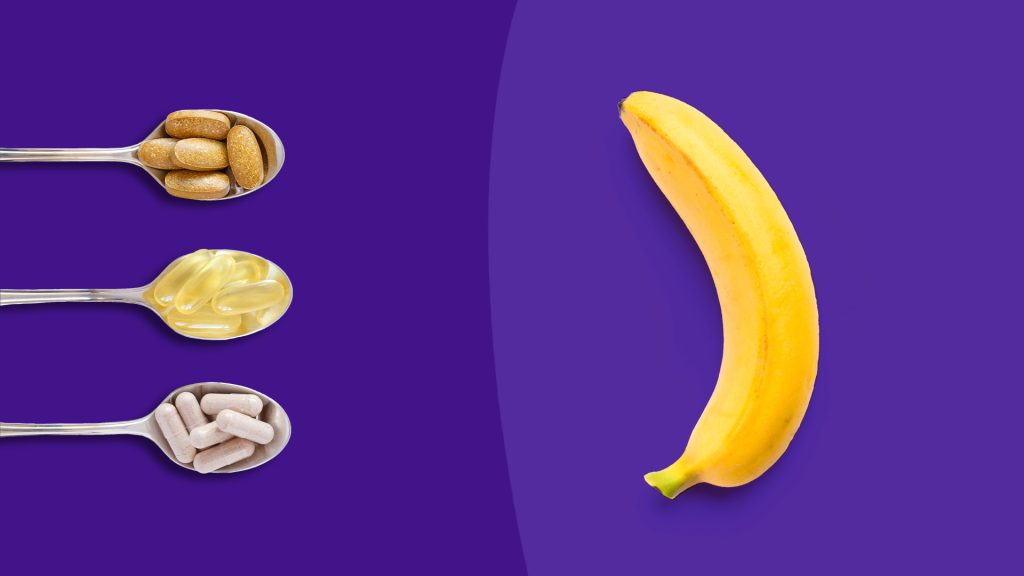Is Jelqing really effective for Penile Strength and Size?
Men have been ready to go to great efforts to increase the size of their penises for as long as there have been penises because they believe what nature has provided is insufficient.
Jelqing, a stretching exercise that purportedly dates back to ancient Middle Eastern times, is one of the oldest methods of penile enlargement (Wylie, 2007). There isn’t much proof that jelqing actually works, despite some people’s claims that it makes your penis appear bigger and thicker. Additionally, it may harm your penis seriously and perhaps permanently.
You’re not the only one who feels self-conscious about the size of your penis. It’s completely acceptable and normal to occasionally question if you’re “large enough,” or to desire some additional length and girth; in fact, many guys do.
While the majority of males (66 percent) stated their penis was ordinary, 12 percent of respondents to a 2018 study said their penis was small.
What is Jelqing?

Exercises like “jelqing” are supposed to make the penis enlarge in length and width by pulling and exerting pressure on it. It is said to have more than 200 years’ worth of history, with roots in the prehistoric Middle East. The efficiency of this activity is still the subject of many debates. Jelqing is thought to enlarge the penis’ size and circumference in the following ways:
- The theory behind it is that pushing and squeezing trains the penis to hold more and more blood during an erection by increasing blood flow to the penis.
- The other theory is that pulling and other activities cause incredibly small tears in the penile tissue, and as new cells are created to fill in these tears, the penis grows in size.
According to the findings published in Psychology of Men and Masculinity, half of the study’s male participants thought there was a non-surgical way to change the size of their penis. Potential enlargement methods like jelqing are therefore quite alluring.
Whether they actually provide measurable improvements in penile dimensions yet to be seen. You must keep in mind that jelqing is really just a form of stretching because it uses pumps and extenders to operate on a similar concept.
Benefits of Jelqing
By stroking and massaging your member, you can enlarge your penis. In other terms, you are exercising your penis.
A regular exercise routine and practise ensure that you enhance the size and functionality of your penis, just like you would with your muscles. That is how jelqing is conceived.
The advantages of jelqing, according to people who practise it, are as follows:
- lengthening of the penis
- higher penis circumference
- stronger and longer-lasting penile erection
The effectiveness of jelqing for penis enlargement is still up in the air from a scientific perspective, even if we can’t completely rule out the truth of these statements.
Keep in mind that jelqing is essentially a stretching workout that uses pumps and extenders to operate on a similar premise.
Does it actually work?
Probably, but not really. There isn’t enough science or research to make a definitive statement. Using similar (but more rigorous) stretching techniques using traction devices, the following brief summary of science illustrates what might be possible:
- According to a 2011 study, wearing traction devices for at least 9 hours a day for three months could lengthen the penis by up to an inch.
- An analysis of the available penile lengthening literature conducted in 2011 concluded that traction devices provided outcomes comparable to those of surgery and advised using them as the first line of treatment.
- Traction devices were only beneficial in curing penis abnormalities, not in lengthening or thickening the penis, according to a 2013 assessment of research on the subject.
Side effects of Jelqing
As long as you don’t squeeze your penis too ferociously, frequently, or forcibly, jelqing is generally considered to be harmless. Overly forceful behaviour might rip tissue or harm the ligaments that attach your penis to your pelvis.
The worst-case scenarios can prevent you from ever being able to attain or maintain hardness. Additional negative effects include:
- injury to the penis
- Along the shaft, there may be discomfort.
- rubbing might irritate the skin.
- scar tissue produced by excessive rubbing
- erection problems (ED)
Precautions
A few precautions will help lessen the possibility of pain, discomfort, or penis injury if you decide to give it a try anyway:
Lubricate the penis. To prevent excessive friction or chafing between your hand and penis, use something to make it wet and slippery. A mild, unscented lotion, baby oil, or any number of food oils, including olive oil or coconut oil, can be used in a pinch if you don’t have any regular Vaseline on hand. Don’t push yourself too far. Get there roughly two-thirds of the way instead.
The secret of jelqing is to gently massage your tissues while moving blood around them. Blood is already pumping at full force through the spongy penile tissue when you are fully erected, and the tissue is totally loaded with blood.
And here are some additional pointers for jelqing and other stretching exercises:
- If the workout is uncomfortable or painful, stop.
- While doing them, sit down or lean against a table or wall.
- To avoid getting hurt, only perform these exercises twice a day, at most.
- Talk to your doctor if you plan to do these exercises for longer periods of time each day, do them more frequently, or do them over the long term.
Conclusion
Penis stretching techniques or exercises may be entertaining for a short while. You might even be let off. However, there isn’t much proof that they can actually lengthen, widen, or otherwise improve the size of your penis.
Good news: You might not need it after all. As we noted, many guys with penises that are fully normal think they are little. Additionally, women are much more likely than males to find their partners’ penises to be satisfactory.
REFRENCES:
- https://www.healthline.com/health/jelqing
- https://www.menshealth.com/sex-women/a20052021/jelqing-penis-size-length/
- https://www.forhims.com/blog/jelqing-penis-stretching-exercises
- https://www.icliniq.com/articles/sexual-health/jelqing-exercise
- https://ro.co/health-guide/what-is-jelqing/
- https://privategym.com/blogs/mens-sexual-health-guide/4-surprising-benefits-to-jelqing
For more details, kindly visit below.


